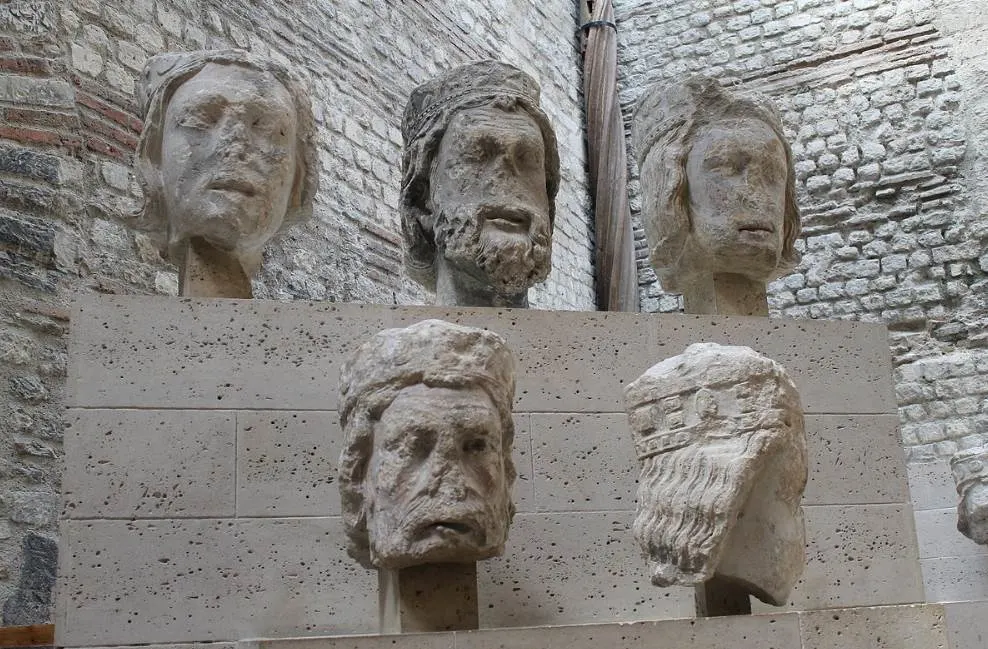When you visit a popular museum about the Middle Ages in Paris, you are stepping into an ancient Roman bathhouse.
Part of this ancient entertainment complex has been repurposed to serve as a museum and the result is quite astonishing.
In this article, you’ll discover some of the most interesting facts about the Thermes de Cluny, one of the most fascinating buildings in Paris.
1. It’s located just south of the historical heart of Paris
The city of Paris was named after the Parisii, a Gallic tribe that once lived in this area. Their territory was conquered by the Romans in the 1st century B.C. and it became part of the Roman Empire shortly after.
Historians still don’t know where the main town of the Parisii tribe was located. It was certainly in the area of the Île de la Cité (and potentially on it), the river island in the heart of Paris that is home to Sainte Chapelle and Notre Dame cathedral to name just a few historic landmarks.
The Thermes de Cluny is an ancient bathing complex, archaeological site, and a building known as the Hôtel de Cluny that is located in the 5th arrondissement of Paris.
This is just south of this river island and walking distance west of the Luxemburg Palace and its immense garden and the Saint-Sulpice church.

2. The bathing complex was constructed in the 3rd century A.D.
The first signs of Roman civilization in the ancient city of Paris date back to the first century B.C. Roman Emperor Augustus started a building spree and the city was renamed “Lutetia” or “Lutetia Parisiorum.”
The city gradually grew in importance as it served as an important trading stop on the river Seine. Numerous Roman buildings were constructed here, including a forum, an amphitheater, and eventually a large bathing complex.

The Thermes de Cluny were constructed around the 3rd century A.D., a time when Lutetatia had already grown to a large regional city that occupied an area of 54 hectares (133 acres). Lutetia had approximately 8,000 inhabitants.
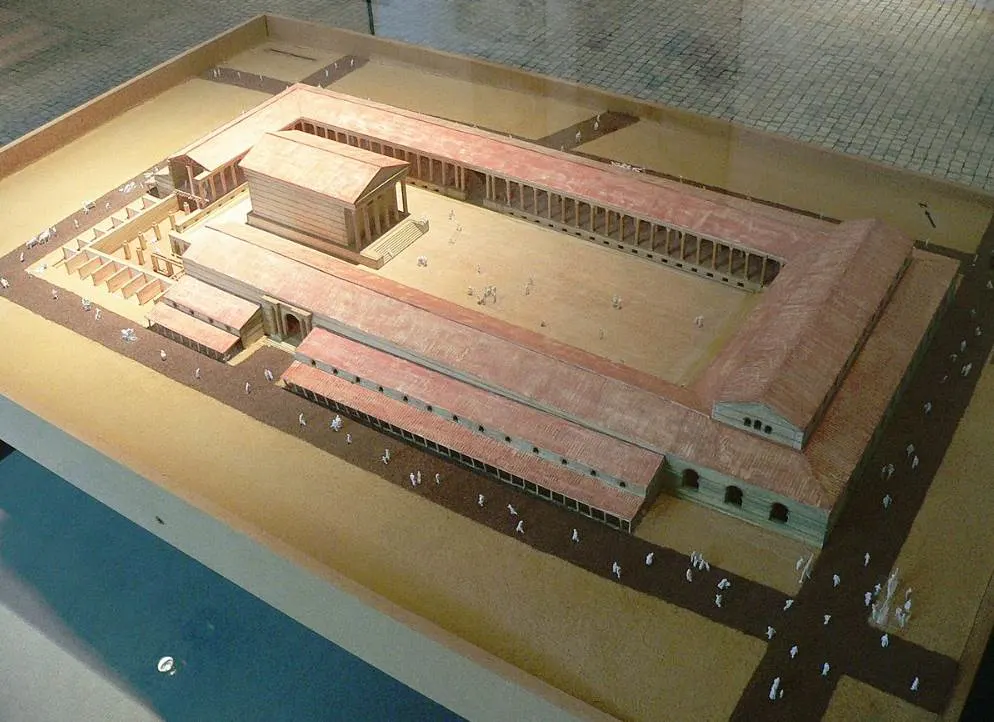
3. It was probably constructed by the boatsmen of Paris
The boatmen of Paris were the most influential inhabitants of Lutetia. They were in charge of everyday business and established a guild in the city.
They had shown their gratitude to the Romans by offering a pillar to Roman Emperor Tiberius in the first century A.D. This is fittingly referred to as the “Pillar of the Boatman” and is a significant artifact as it features both Roman and Celtic inscriptions.
This pillar was discovered in the 18th century under the choir of Notre Dame cathedral on the Île de la Cité and emphasizes the influence the boatmen had in the city.
This pillar is on display inside the Thermes de Cluny. It’s believed that the bathing complex was completed in the 3rd century A.D. and commissioned by this important guild in Lutetia.

4. It featured all elements of the largest bathing complexes in ancient Rome
Bathing complexes in ancient Rome were public entertainment venues and the baths of Lutetia weren’t any different.
They also featured all the elements found in the largest bathhouses of ancient Rome such as the Baths of Diocletian and the Baths of Caracalla.
These main features were the:
- Frigidarium or cold bath
- Tepidarium or warm bath
- Caldarium or hot bath
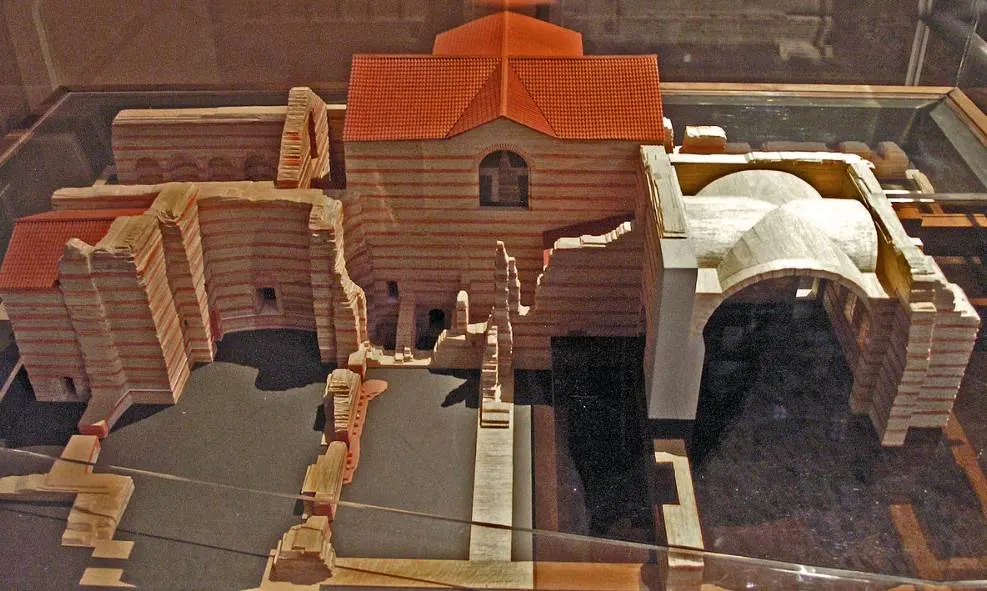
5. The Thermes Cluny had one major problem that proved to be fatal
The “Cardo Maximus” of Lutetia, the Roman name of “Main Street,” was constructed north of the Seine River and the Île de la Cité. The fortifications were constructed around it.
The bathing complex, however, was constructed on the Left Bank of the River Seine and outside of the defensive fortifications that protected the city from Barbarians.
It’s assumed that the bathing complex wasn’t active for too long because of this blunder as it was attacked by Barbarian groups several times in the 3rd century A.D. and partially destroyed.
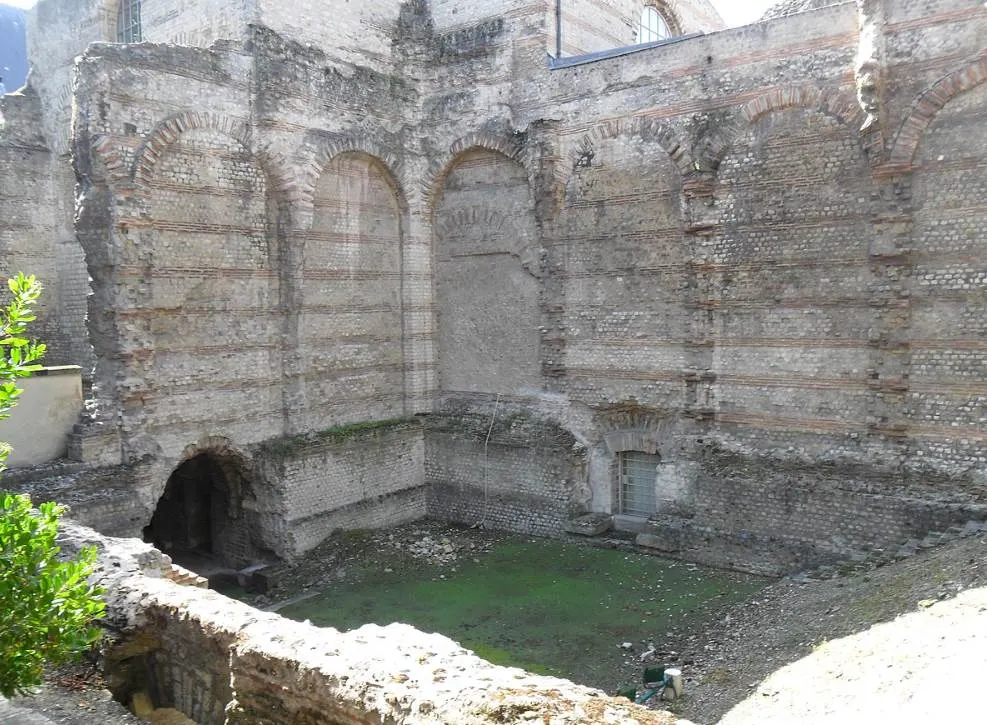
6. The frigidarium still features the ancient architectural elements
The frigidarium of the complex, the central room, is the best-preserved part while the other rooms lay in ruin.
This section of the structure has been completely incorporated into the Musée de Cluny. Despite some modifications, here you can also admire the advanced architectural techniques used by Roman architects and engineers.
The vaults, ribs, consoles, arches, and part of the ancient wall decorations can be admired here which is quite amazing.
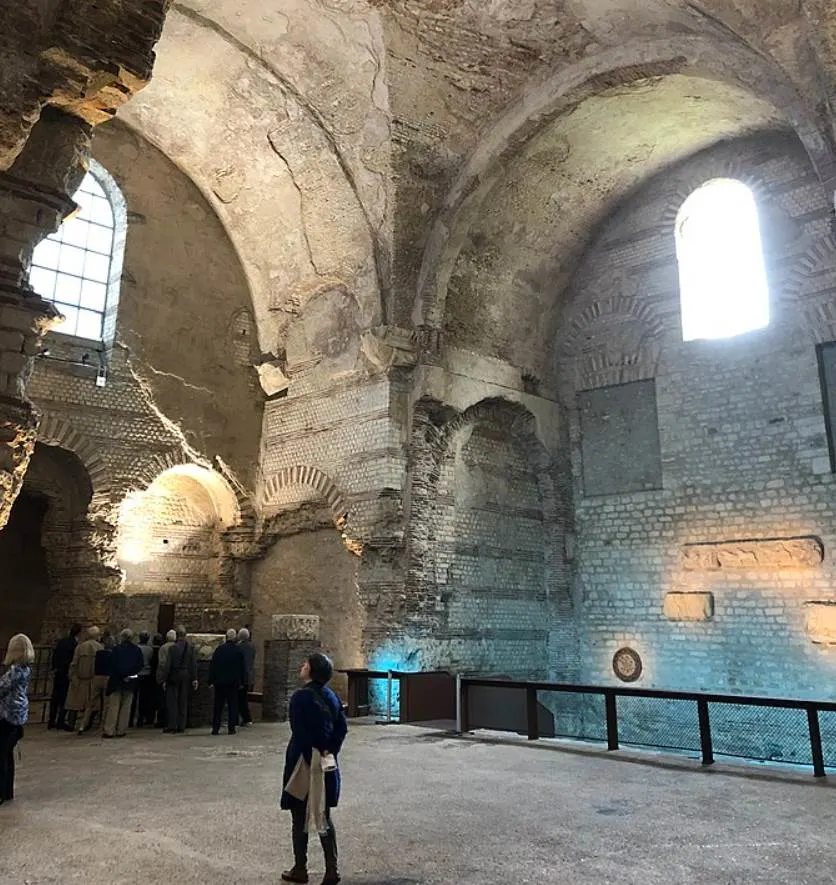
7. The frigidarium also houses several ancient Roman artifacts
The frigidarium of the complex, the central room, is the best-preserved part while the other rooms lay in ruin.
The remains of the Pillar of the Boatman and other ancient artifacts that were found all across are on display inside the frigidarium of the ancient Roman bathing complex.
Other artifacts in this section of the museum are the Saint-Landry pillar and two lion heads that were carved from rock crystals.

8. The medieval museum is partially housed in the gym of the ancient baths
While the warm and hot rooms of the bathhouse lay in ruins and are part of the archaeological site outside of the main buildings, another room was incorporated into the museum as well.
Every bathhouse in ancient Rome was a complex that offered multiple forms of entertainment. Many bathhouses also had libraries and even gyms to work out.
The gymnasium of the Thermes de Cluny now serves as “gallery 9” of the museum. Here you can find sculptures of French kings that were taken from Notre Dame to protect them during the French Revolution.
Yes, multiple heads of former French Kings are on display inside this ancient gym.
